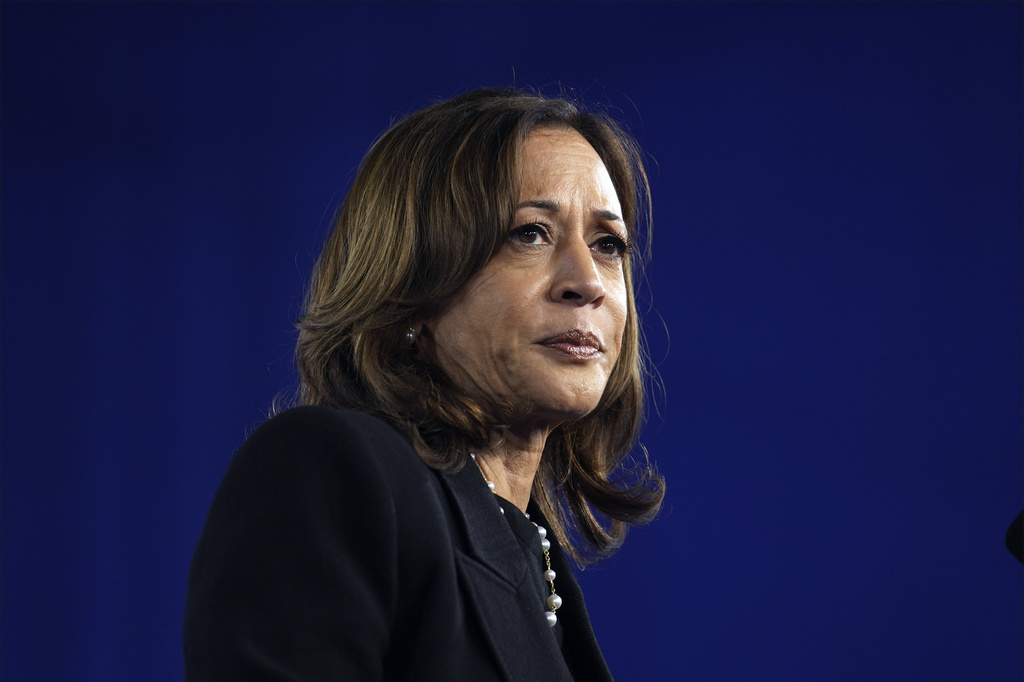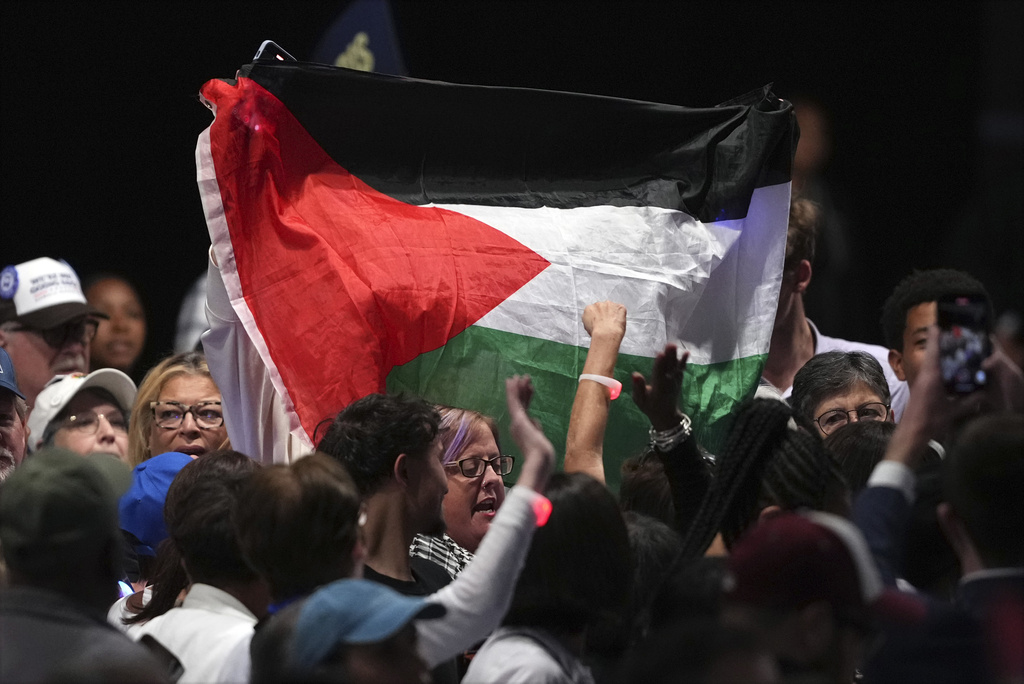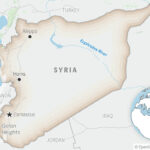Kamala Harris Turns Protest Disruptions into Campaign Momentum \ Newslooks \ Washington DC \ Mary Sidiqi \ Evening Edition \ In the campaign’s final days, Kamala Harris has adopted a unique approach to handling protesters at rallies, using their interruptions to energize her supporters and emphasize her commitment to democracy. Facing pro-Palestinian protesters at events in North Carolina, Pennsylvania, and Wisconsin, Harris redirected the protests into moments to criticize Donald Trump and rally her crowds, a tactic that has resonated with her supporters.

Kamala Harris Turns Protester Interruptions Into Powerful Campaign Moments: Quick Look
- Protester Disruptions: Pro-Palestinian demonstrators interrupted Harris’s rallies, challenging her on Gaza policy.
- New Approach: Harris used the interruptions to underscore her commitment to democracy and contrast herself with Trump.
- Crowd Reactions: Her responses energized crowds, turning protests into unifying moments for supporters.
- Strategic Messaging: Harris acknowledged protesters’ rights to be heard, using their presence to emphasize her platform.
- Political Backdrop: Some activists see Harris’s comments as insufficient amid escalating Gaza violence.
Deep Look
Throughout the day, Harris’s responses reflected a disciplined message. In Raleigh, North Carolina, when a protester shouted that she was “disrespecting the Palestinian community,” Harris countered by positioning herself as a defender of democracy, a theme that has been central to her campaign. “This is the thing, we know we’re actually fighting for a democracy,” she responded, using the moment to highlight her divergence from Trump. “Unlike Donald Trump, I don’t believe that people who disagree with you are the enemy,” she added, reframing the protest as a sign of democratic engagement rather than hostility.
Later, in Harrisburg, Pennsylvania, she encountered similar interruptions. Embracing the protests as proof of the freedoms central to American democracy, Harris remarked, “We love our democracy. It can be complicated, but it is the best system in the world.” This message resonated with supporters, redirecting what might have been an awkward pause into a moment of unity for the crowd.
Harris’s most powerful response came at the end of her day in Wisconsin, where protesters raised banners and called for an end to the conflict in Gaza. She drew on a line she’d used when then-Vice President Mike Pence attempted to interrupt her during their 2020 debate: “We all want the war in Gaza to end, and I will do everything in my power to make that known,” she said, adding, “Everyone has a right to be heard, but right now I am speaking.” The crowd cheered in response, with the volume so overwhelming that a second group of demonstrators was unable to disrupt the event.
Harris’s interactions with protesters are not without controversy. While her acknowledgement of the protesters’ right to voice their concerns reflects a softened tone, some pro-Palestinian activists see this as too little too late. Dearborn City Council member Mustapha Hammoud, who has recently distanced himself from the Democratic Party, expressed skepticism about Harris’s statements. “It’s nice her rhetoric has softened, but the time for that has passed,” Hammoud said, noting that ongoing violence in Gaza calls for concrete action rather than words. In September, Hammoud told the Associated Press that he considered himself a Democrat until recently, reflecting growing frustration among certain voters who feel their voices are not adequately represented on foreign policy issues.
The impact of protester disruptions on campaigns is well-documented. Presidential candidates have faced such encounters for decades, with responses ranging from Trump’s aggressive rhetoric in 2016, when he told a protester he’d like to “punch him in the face,” to Hillary Clinton’s attempts to address Black Lives Matter activists who interrupted her rallies. In one memorable incident, Clinton’s event was paused for 10 minutes as civil rights icon Rep. John Lewis appealed to the protesters to let her continue. Joe Biden has also experienced similar disruptions; in 2020, after winning state primaries on Super Tuesday, anti-dairy industry protesters stormed his stage, prompting Jill Biden to push them aside in a protective gesture that later made headlines.
The challenges facing Harris as she navigates the closing days of her campaign are considerable. Protests on foreign policy issues are likely to persist, especially as the conflict in Gaza remains a point of contention. By transforming these moments into opportunities to reinforce her democratic values and counter Trump’s combative rhetoric, Harris has found a way to engage supporters while maintaining her message. Her approach—embracing protest as an aspect of democracy rather than as a disruption—signals a shift in how candidates might manage protests in future campaigns, leveraging them as proof of strength and adaptability.
As Harris’s events continue to draw protesters, her strategic handling has so far managed to unite her supporters, drowning out dissent and fostering a collective sense of purpose. Her approach may offer a blueprint for other candidates facing similar interruptions, demonstrating how protest can be redefined as an integral part of a healthy democratic process rather than as an obstacle.







